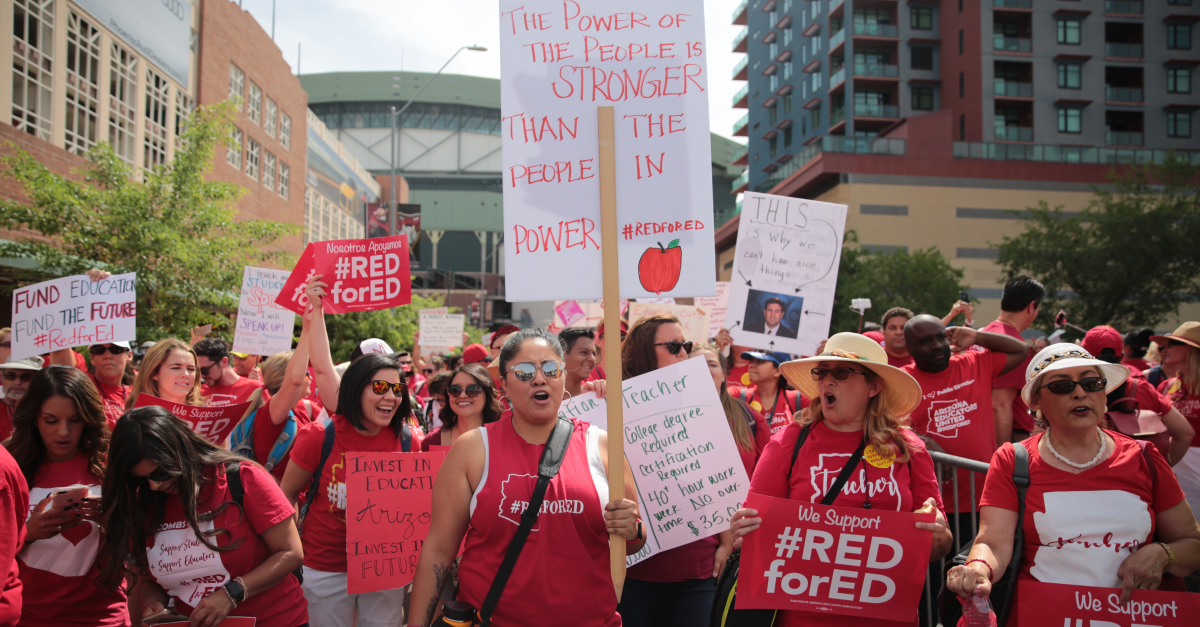Building a consistent presence will take more
The points Brooks makes about the need to build organization and have “a more consistent presence” go to the heart of the matter.
Brooks’ advice that “unions would be smart” to push school districts to engage in collective bargaining is excellent. But, as Brooks himself points out, “many teacher unions operate in a legalistic fashion, selling services . . . ” Union staff and electeds are unlikely change their m.o. just because it would be smart to. The rank and file will have to step up in order for this to happen. Joe Burns wrote recently, “Entering the 1960s, most public sector unions were conservative, weak, ineffectual . . . Rank and file workers rebelled against this framework . . . They replaced hidebound leaders, or formed new unions.” In most cases, this will be how it must happen again.
Brooks urges that there be contract campaigns, pointing out that collective bargaining is “legally permitted for teachers in many of these states.” However, “permitting” collective bargaining is not much support for it. Collective bargaining was “permitted” in the United States before the National Labor Relations Act in 1935, but it was still extremely difficult to get an employer to negotiate. The NLRA, itself a response to general strikes that shut down entire large cities, made it mandatory for employers to bargain with a recognized union (and it still took the giant sit downs to force de facto recognition). In the public sector, states like New York also compel bargaining.
As in the 1930s for private sector workers and in the 1960s for public sector workers, the time to demand and win greater legal and de facto union rights is at the full tide of mass action. By “union rights” is meant things like the employer must bargain, mechanism to enforce that requirement, a wide scope of subjects that must be bargained, the right to strike, etc. This has not happened so far during this strike wave.
We have to acknowledge that while rank and file teachers fought with so much courage and solidarity for a living wage for themselves and other school workers, for decent benefits, for school funding and progressive revenue sources for all these, they did not ask for greater union rights. This movement put the quality of education front and center. Demands for union rights might have attracted less support from the public and perhaps even from teachers themselves. Interestingly, the New York Times on June 1 reported polls showing overwhelming support in these red states for raising teacher pay and school funding. Respondents were split, however, on whether or not unions were “part of the problem,” with 34% agreeing and the same proportion disagreeing.
Some in labor circles have urged teachers and other public employees to “bargain for the common good,” and some teacher unions have adopted this as a watchword. This discussion has usually been about, and by, urban unions in “blue” states. This spring’s strikers seem to have done this as a natural course, to huge success. However, an unplanned consequence is that an opportunity to win greater union rights - which could have helped unions “establish a more consistent presence in the schools and the community -” may have been missed. It will be up to the most militant, union-conscious sections of the rank and file whether they want to, and will fight to, put that on the agenda for future action.







